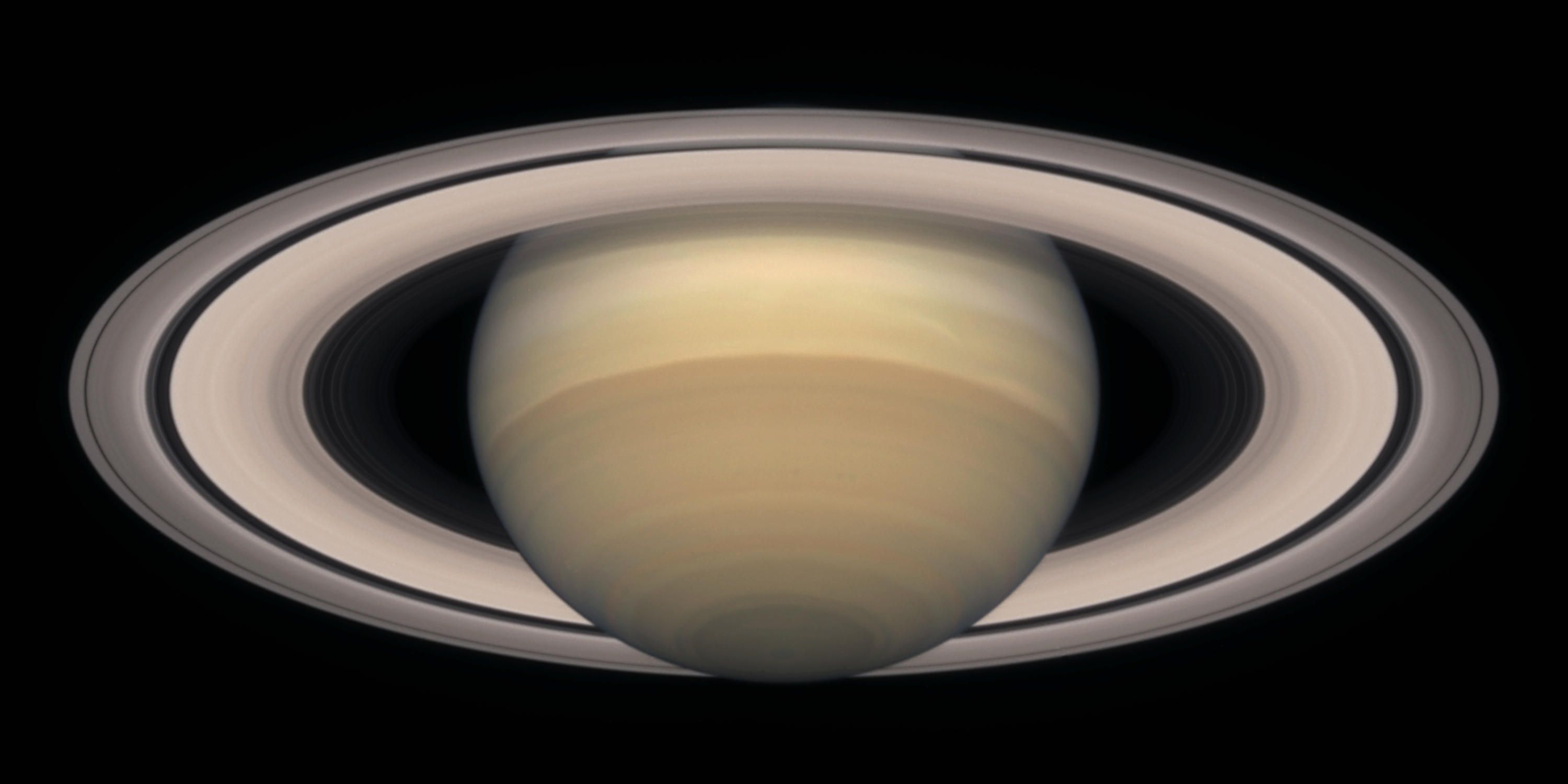Born on today's date in 1564, Galileo used a telescope to explore the Solar System. In 1610, he became the
first to be amazed by Saturn's rings. After nearly 400 years,
Saturn's magnificent rings still offer one of the most stunning astronomical sights.
Uniquely bright compared to the rings of the
other gas giants, Saturn's ring system is around 250,000 kilometers wide but in places only a few tens of
meters thick. Modern astronomers believe
the rings are perhaps only a hundred million years
young. But accumulating dust and dynamically interacting with
Saturn's moons, the rings may eventually darken and sag toward the gas giant, losing their lustre over the next few hundred million years. Since Galileo, astronomers have subjected
the entrancing rings to intense scrutiny to unlock their secrets. Still mesmerized, some will take advantage of next week's (February 20th) favorable lunar occultation of Saturn
to search for evidence of ring material outside the
well known boundaries of the ring system. The presence of such a "lost" ring of Saturn was first hinted at in reports
dating back to the early 20th century.

